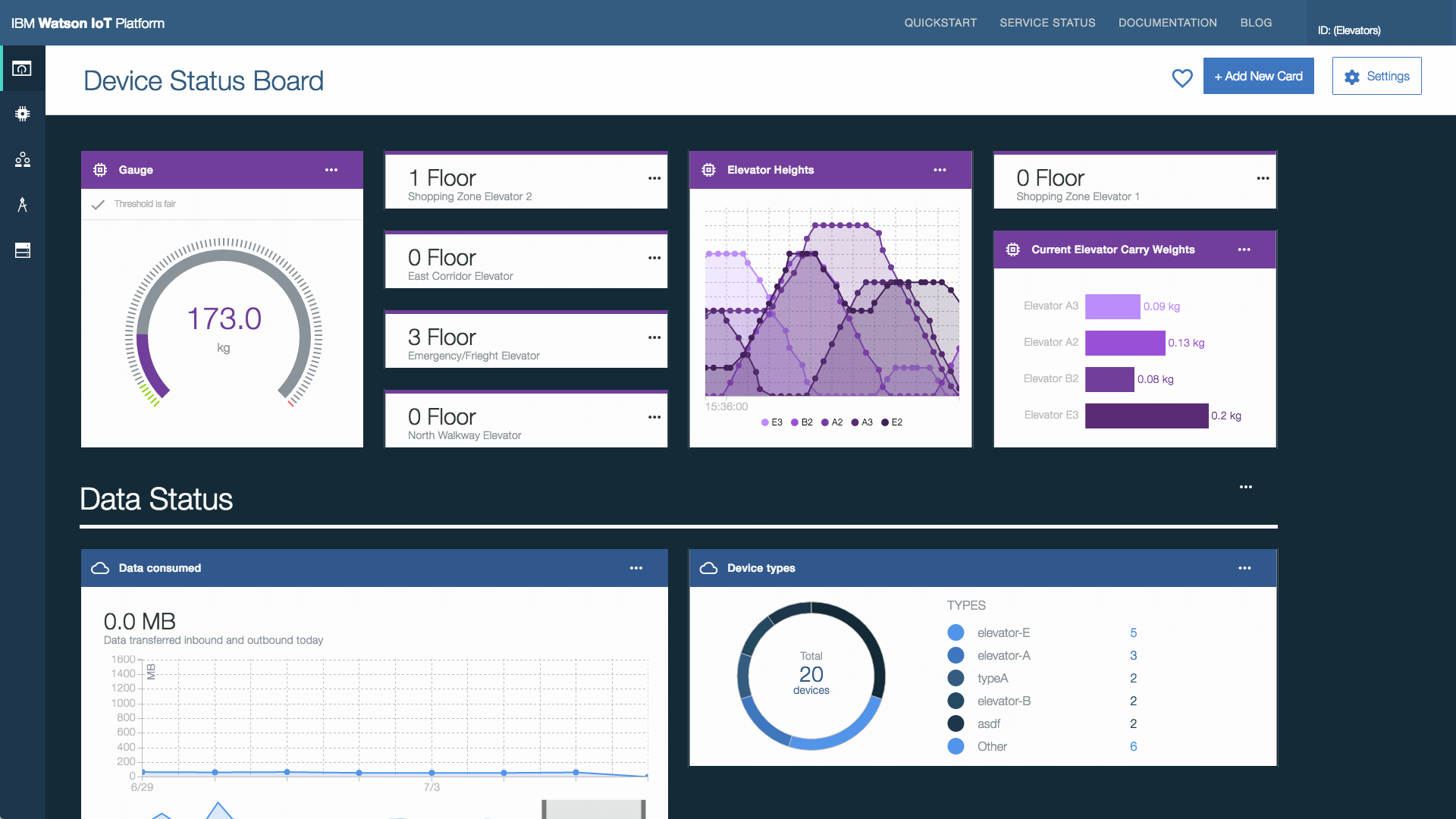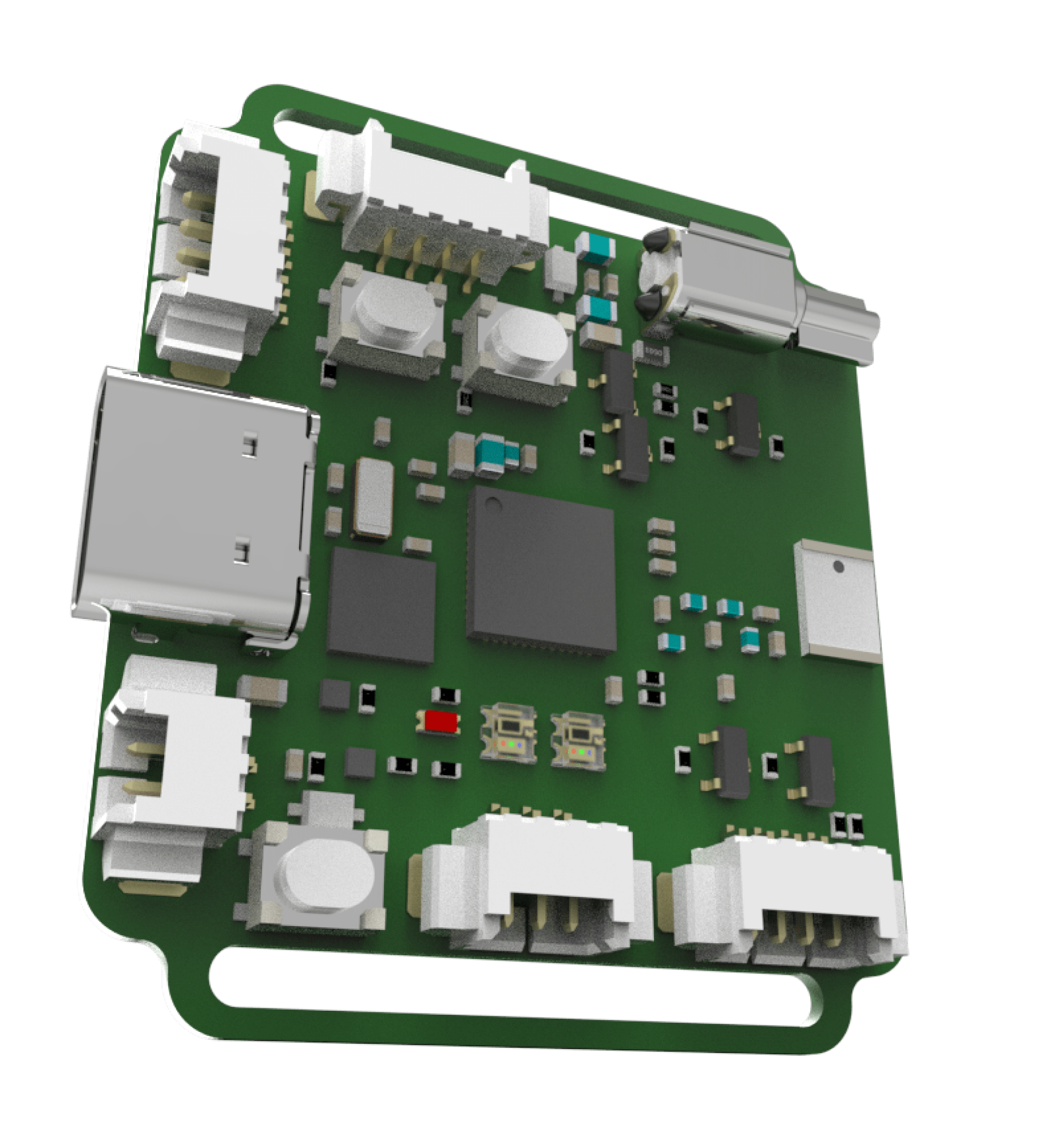Imagine this—you’re sitting in your cozy living room, sipping coffee, while your IoT devices scattered across the globe are humming along smoothly, all thanks to the magic of remote SSH on an Android platform. If you’ve ever wondered how to connect, manage, and secure your IoT devices from anywhere using just your smartphone, you’re in the right place. Today, we’ll deep dive into the world of remote SSH IoT platform Android and how it’s transforming the way we interact with smart devices.
Remote SSH IoT platform Android is more than just a buzzword; it’s a game-changer for tech enthusiasts, developers, and businesses looking to streamline their IoT ecosystems. By leveraging the power of SSH (Secure Shell) and the versatility of Android, you can take control of your IoT devices with ease and confidence.
In this article, we’ll break down everything you need to know about integrating SSH into your IoT projects using Android. Whether you’re a beginner or a seasoned pro, you’ll find actionable insights, practical tips, and expert advice to help you harness the full potential of this technology.
Read also:Veritext Legal Solutions Your Ultimate Partner In Legal Transcription Services
Let’s get started!
What is Remote SSH and Why Does It Matter for IoT?
Before we dive into the nitty-gritty, let’s talk about what remote SSH actually is. SSH, or Secure Shell, is a cryptographic protocol that allows you to securely access and manage remote devices over a network. It’s like having a super-secure tunnel that lets you send commands, transfer files, and monitor systems without worrying about hackers or data breaches.
Now, when you combine SSH with IoT, things get really interesting. IoT devices are everywhere—smart homes, industrial sensors, wearable tech, and more. But managing these devices remotely can be a challenge, especially if you’re dealing with limited resources or unstable internet connections. That’s where remote SSH comes in. It provides a reliable and secure way to connect to your IoT devices, no matter where they are.
Key Benefits of Using Remote SSH for IoT
- Enhanced Security: SSH encrypts all communication between your device and the IoT platform, making it nearly impossible for unauthorized access.
- Remote Access: You can control your IoT devices from anywhere in the world as long as you have an internet connection.
- Efficient Management: With SSH, you can automate tasks, update firmware, and troubleshoot issues without physically being present.
- Cost-Effective: Since SSH is an open-source protocol, you don’t need to invest in expensive proprietary solutions.
Why Android is the Perfect Platform for Remote SSH IoT
Android has become the go-to operating system for mobile devices, and for good reason. Its flexibility, scalability, and widespread adoption make it an ideal choice for integrating SSH into IoT projects. Here’s why Android stands out:
First off, Android is open-source, meaning developers have the freedom to customize and extend its capabilities. This makes it easier to develop apps that support SSH functionality without being restricted by proprietary limitations.
Secondly, Android devices are everywhere—from smartphones to tablets to smartwatches. This means you can use virtually any Android device as a control center for your IoT setup. Plus, with the rise of Android Things, Google’s dedicated IoT platform, the possibilities are endless.
Read also:Elizabeth Trump Grau The Untold Story Of Trumps Eldest Sister
Top Features of Android for Remote SSH IoT
- Open-Source Architecture: Developers can access the source code and modify it to suit their needs.
- Versatile APIs: Android provides a wide range of APIs that can be used to integrate SSH and other networking protocols.
- Strong Community Support: With millions of developers worldwide, finding solutions to common problems is a breeze.
- Seamless Integration: Android can easily connect with cloud platforms, making it perfect for IoT applications that require real-time data processing.
Setting Up Remote SSH on an IoT Platform Android
Ready to set up remote SSH on your IoT platform Android? Let’s walk through the steps:
Step 1: Choose the Right IoT Device – First things first, you’ll need an IoT device that supports SSH. Popular options include Raspberry Pi, Arduino, and ESP32.
Step 2: Install an SSH Server – Once you’ve selected your device, you’ll need to install an SSH server. For Linux-based devices, OpenSSH is the most common choice.
Step 3: Connect Your Device to the Internet – Ensure your IoT device is connected to a stable internet connection. This is crucial for remote access.
Step 4: Configure Port Forwarding – If your device is behind a router, you’ll need to configure port forwarding to allow incoming SSH connections.
Step 5: Use an SSH Client on Android – Finally, download an SSH client app on your Android device. Some popular options include JuiceSSH, Server Auditor, and Termius.
Tips for a Smooth Setup Process
- Double-Check Your Network Settings: Make sure your device’s IP address and port number are correctly configured.
- Use Strong Passwords: Always use strong, unique passwords to protect your SSH connections from brute-force attacks.
- Enable Two-Factor Authentication: For an added layer of security, consider enabling two-factor authentication (2FA).
Best Practices for Securing Your Remote SSH IoT Platform
Security should always be a top priority when working with IoT devices. Here are some best practices to keep your remote SSH IoT platform Android secure:
First, disable password authentication and switch to SSH keys. This eliminates the risk of weak passwords being exploited by attackers. Next, use a non-standard port for SSH instead of the default port 22. This makes it harder for hackers to find your SSH connection.
Additionally, keep your software up to date. Regularly update your IoT device’s firmware and the SSH server to patch any security vulnerabilities. Finally, monitor your logs for suspicious activity. If you notice any unauthorized access attempts, take immediate action to secure your system.
Common Security Threats and How to Mitigate Them
- Brute-Force Attacks: Use fail2ban or similar tools to block repeated login attempts.
- Man-in-the-Middle Attacks: Always verify the server’s fingerprint before connecting.
- Malware Infections: Regularly scan your IoT devices for malware and remove any suspicious files.
Exploring Popular SSH Apps for Android
When it comes to SSH apps for Android, there’s no shortage of options. Here are some of the best apps you can use to manage your remote SSH IoT platform:
JuiceSSH is a popular choice thanks to its user-friendly interface and robust feature set. It supports multiple sessions, has a built-in terminal emulator, and allows you to save connection profiles for easy access.
Server Auditor is another great option, especially if you’re managing multiple servers. It offers advanced features like file transfer, clipboard integration, and support for various authentication methods.
Termius is a cross-platform SSH client that works seamlessly on Android, iOS, and desktop. It’s perfect for developers who need to manage their SSH connections across multiple devices.
Key Features to Look for in an SSH App
- Support for SSH Keys: Ensure the app supports SSH key authentication for enhanced security.
- File Transfer Capabilities: Look for apps that allow you to transfer files between your device and the IoT platform.
- Customizable Interface: A customizable interface can help you streamline your workflow and improve productivity.
Real-World Applications of Remote SSH IoT Platform Android
Now that you know how to set up and secure your remote SSH IoT platform Android, let’s explore some real-world applications:
In the realm of smart homes, remote SSH can be used to control lighting, climate control, and security systems. For example, you can remotely adjust the thermostat or check the security cameras from your Android device.
In industrial settings, SSH can be used to monitor and manage sensors, machines, and other critical equipment. This ensures that everything is running smoothly and allows for quick troubleshooting if issues arise.
In agriculture, IoT devices equipped with SSH can be used to monitor soil moisture, weather conditions, and crop health. Farmers can make data-driven decisions to optimize their yields and reduce costs.
Case Studies and Success Stories
- Smart Home Automation: A homeowner in California used remote SSH to automate his entire house, reducing energy consumption by 30%.
- Industrial IoT: A manufacturing company in Germany implemented SSH-based IoT solutions, resulting in a 25% increase in production efficiency.
- Agricultural IoT: A farmer in India used SSH-enabled sensors to monitor his crops, leading to a 40% increase in yield.
Challenges and Solutions in Remote SSH IoT Platform Android
While remote SSH IoT platform Android offers numerous benefits, it’s not without its challenges. One of the biggest challenges is ensuring a stable internet connection. Poor connectivity can lead to dropped connections and data loss.
Another challenge is managing multiple devices. As your IoT ecosystem grows, it can become difficult to keep track of all your devices and their configurations. To overcome this, consider using a centralized management platform that integrates with SSH.
Finally, security remains a major concern. As more devices are connected to the internet, the attack surface increases. Regularly updating your software and following best security practices can help mitigate these risks.
Tools and Resources to Overcome Challenges
- Network Monitoring Tools: Use tools like Pingdom or UptimeRobot to monitor your network’s performance and identify potential issues.
- Device Management Platforms: Platforms like AWS IoT Core or Microsoft Azure IoT Hub can help you manage your devices more efficiently.
- Security Auditing Tools: Regularly audit your system using tools like Nmap or OpenVAS to identify and fix security vulnerabilities.
Conclusion: Embrace the Future of Remote SSH IoT Platform Android
Remote SSH IoT platform Android is revolutionizing the way we interact with smart devices. By providing secure, reliable, and efficient remote access, it empowers developers, businesses, and individuals to take control of their IoT ecosystems.
In this article, we’ve covered everything from the basics of SSH to advanced setup tips and real-world applications. We’ve also discussed the challenges and solutions involved in implementing remote SSH for IoT projects.
So, what are you waiting for? Dive into the world of remote SSH IoT platform Android and unlock the full potential of your smart devices. Don’t forget to share your experiences and insights in the comments below. And if you found this article helpful, be sure to check out our other guides on cutting-edge technologies.
Call to Action
Ready to take the next step? Download one of the SSH apps we recommended and start experimenting with your IoT devices today. The future is here, and it’s powered by remote SSH IoT platform Android!
Table of Contents
- What is Remote SSH and Why Does It Matter for IoT?
- Why Android is the Perfect Platform for Remote SSH IoT
- Setting Up Remote SSH on an IoT Platform Android
- Best Practices for Securing Your Remote SSH IoT Platform
- Exploring Popular SSH Apps for Android
- Real-World Applications of Remote SSH IoT Platform Android
- Challenges and Solutions in Remote SSH IoT Platform Android
- Conclusion: Embrace the Future of Remote SSH IoT Platform Android



